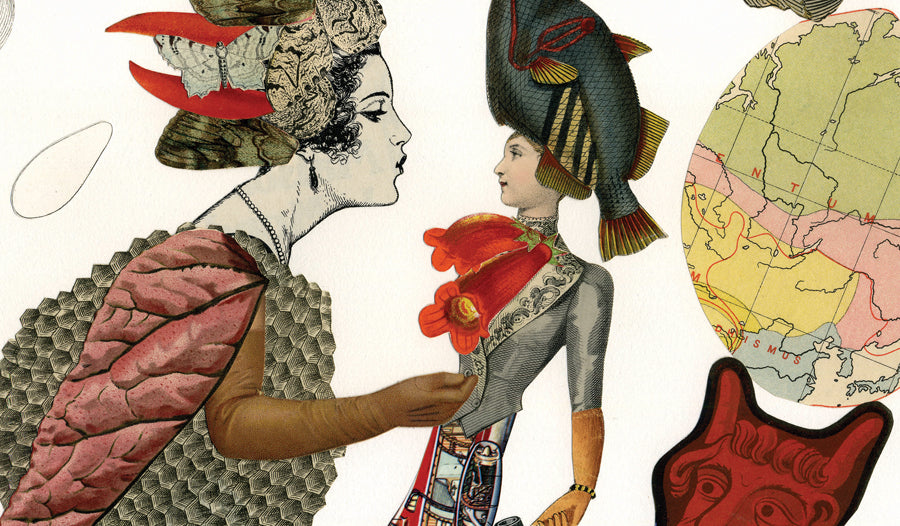
Earth First: The Future of Textile Manufacture
The below excerpt is taken from the article Earth First: The Future of Textile Manufacture written by Kate Fletcher in our current issue - Issue 100 Anniversary

More than 15 years ago I wrote for Selvedge about ecological fashion and textiles. As part of the 100th issue anniversary, it seems the right time to pause and reflect on what has altered and what has endured in the world of fibre, clothing, fashion and the interconnected global ecological systems that are part of all our lives. Re-reading the 2005 piece brings a nostalgic smile. The article was hopeful and inspired by ideas of local, holistic change; change that seemed inevitable, as it was in the collective interest and thus, logical. Yet today the outlook for global planetary health is poor and getting worse. Feelings of optimism are tainted with sadness and frustration for the fashion and textiles sector’s lack of profound change.

Image: Satellite image of the shrinking of the Aral Sea taken in 2015. Formally one of the four largest lakes in the world, it has been steadily shrinking since 1960s due to cotton irrigation practices.
Today the fashion, textiles and sustainability complex is a hotbed of activity, an industry in itself. It includes initiatives ranging from crossbrand projects to raise standards across global supply chains to a new appreciation of fashion sustainability considered from wide-ranging worldviews; from innovative design concepts to new roles for the media; from an evolution in terminology to online shopping sustainability filters. In the fashion and textiles business sustainability has entered both industry and public consciousness. This has resulted in an unprecedented acceptance of sustainability as a system of ideas.
Other industries, such as that of food, view fashion as a testing ground of sustainability transformation. Special interest is paid to whether the fashion industry can address its profoundly problematic relationship with excess, rapid product obsolescence and consumption.

Image: A farmer harvesting organic cotton on their family farm in Sendhwa, India.
Yet even from within the excitement of this current wave of sustainability-focused activity, there is little evidence of positive, systemic change. Data suggests that despite decades of scientific inquiry, industry initiatives, academic research and design intelligence, the cumulative environmental impact of the fashion and textiles industry is steadily increasing. Despite our best efforts, things are getting worse. To avert catastrophic climate change huge numbers of us must embrace necessary shifts in behaviour.
Any attempts to mitigate the negative effects of this growth logic are continuously hampered by the growth of the industry itself. Both environmental impacts and the limits to addressing those impacts are baked in. Faster adoption of the same solutions won’t work either, as they are based on a capitalist system of over production based on uninterrupted growth. In order for real transformation, we must structure our systems to operate within the limits of the planet’s boundaries. So where do we go from here...?
This excerpt, written by Kate Fletcher, features in Issue 100 Anniversary. Find out how to read the rest of the article here.
